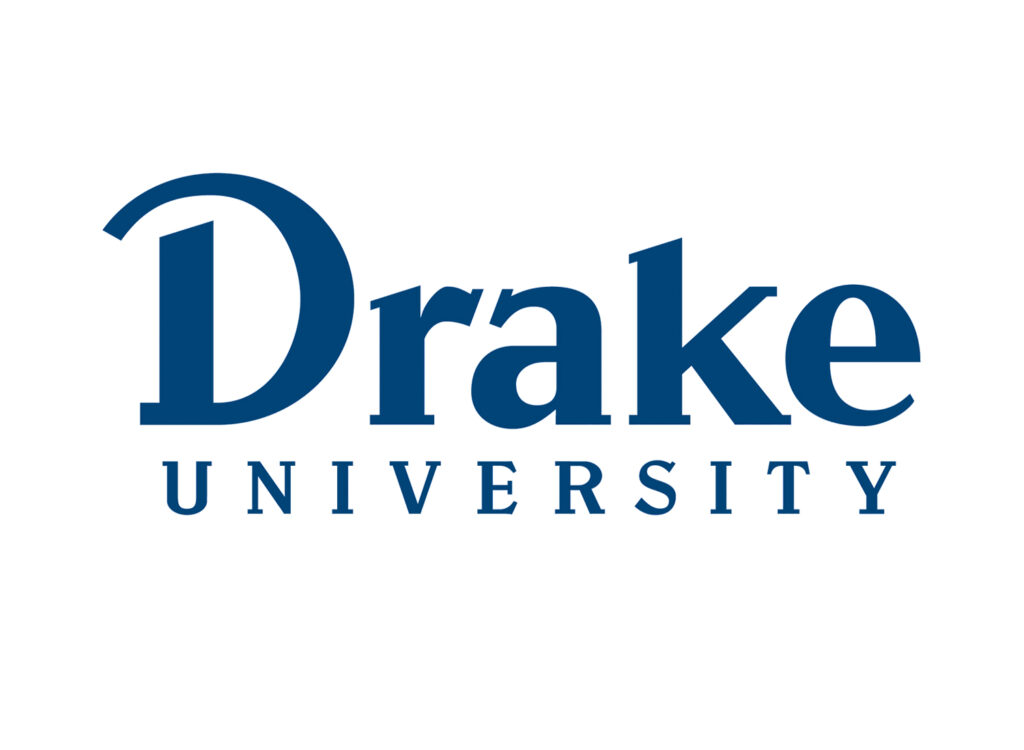Virtual groups are a paradox — so here’s how to lead them
New leadership model emphasizes balance and synergy in handling remote teams

University: Drake University
Researchers: Radostina Purvanova, associate professor of leadership and management, Drake University; Renata Kenda, lecturer, Tilburg University
Status: Published in Group and Organization Management, 2018 Vol. 43(5) 752–786
Research overview:
The study “Paradoxical Virtual Leadership: Reconsidering Virtuality Through a Paradox Lens” examines how leaders can find synergies among the various challenges and opportunities their virtual teams face.
The study “Paradoxical Virtual Leadership: Reconsidering Virtuality Through a Paradox Lens” examines how leaders can find synergies among the various challenges and opportunities their virtual teams face.
“Specifically, our perspective suggests that virtual leaders should blend various, and even contradictory, leadership skills and behaviors, to address virtuality’s competing and paradoxical demands,” the researchers wrote.
The ideas of balance and synergy that are advanced by the model stand in contrast with traditional leadership models such as transformational, relational, inspirational and others, which advocate for an increased emphasis on such leadership functions in a virtual context.
“Our central argument is that effective virtual leaders build bridges between opposing forces by adopting a synergistic style,” according to the research summary.
The research explains three sequential steps that culminate in the development of that style: recognizing virtuality as a paradox; integrating paradoxical tensions into synergistic solutions; and blending varied, even opposing, behaviors to synergize competing demands.
The method:
The qualitative study is the product of a massive literature search that examined about 800 articles and case studies on the topic of virtual teams and virtual team leadership. “We collected published case studies from virtual teams that they have shared with either researchers or within their companies,” Radostina Purvanova said.
The qualitative study is the product of a massive literature search that examined about 800 articles and case studies on the topic of virtual teams and virtual team leadership. “We collected published case studies from virtual teams that they have shared with either researchers or within their companies,” Radostina Purvanova said.
From there the two researchers — working as a virtual team, incidentally, with Purvanova in Des Moines and Kenda in the Netherlands — proposed a new model of virtual leadership: synergistic leadership.
The researchers also conducted a follow-up quantitative study, which has not yet been published, that deals primarily with the benefits and disadvantages of virtual teams. Using a technique called meta-analysis, they examined the aggregate results of about 180 studies. “We wanted to get a truer picture of the relationship between virtuality and team outcomes,” Purvanova said.
Results:
The study identifies three key types of paradoxical relationships: technology dependence, geographic dispersion and human capital, each of which produce different tensions for teams and their leaders.
“When you think about virtuality, we need to rely on technology, but that represents a paradox,” said Purvanova, who has researched virtual teams for the past 18 years. “The good thing about technology is that it allows us to connect over large distances, and much faster, with greater tools. But it also increases the amount of information needed to be processed, so that people become overwhelmed.”
Another paradox the research found revolves around the human capital element — and the fact that companies tend to assign their best and brightest to virtual teams. Because they are all “stars,” it becomes harder to come together as a team. Those team members also tend to be more task-oriented and not as much people-oriented, which over the longer term creates a human capital paradox if good working relationships aren’t formed.
Conclusion:
Practically, the model suggests several applications. First, it suggests that organizations should select individuals for virtual leader assignments who are more likely to develop a synergistic leadership style. Second, organizations should train virtual leaders to reframe their assumptions about virtuality, seeing virtuality as a force to be harnessed, not feared. Finally, organizations should also instill a paradoxical view of virtuality in virtual team members, not just in virtual leaders, either through selection or through training.
Conclusion:
Practically, the model suggests several applications. First, it suggests that organizations should select individuals for virtual leader assignments who are more likely to develop a synergistic leadership style. Second, organizations should train virtual leaders to reframe their assumptions about virtuality, seeing virtuality as a force to be harnessed, not feared. Finally, organizations should also instill a paradoxical view of virtuality in virtual team members, not just in virtual leaders, either through selection or through training.
The results of their subsequent quantitative study were consistent with the theories developed in the qualitative research, and provide a blueprint for organizations to use, Purvanova said.
“Overall, virtual teams can be more productive and more efficient in how they develop products, and with higher quality, she said. “We think the tensions positively impact productivity [with virtual teams having] access to more tools, more computing power, higher-skilled team members, relative to in-person teams.
“However, consistent with our theory, team cohesion — the ability to build relationships with each other — kind of goes away when you think about a virtual team. It’s much more task-driven than relationship-driven.”
Resources:
https://bit.ly/2LlZZr4









